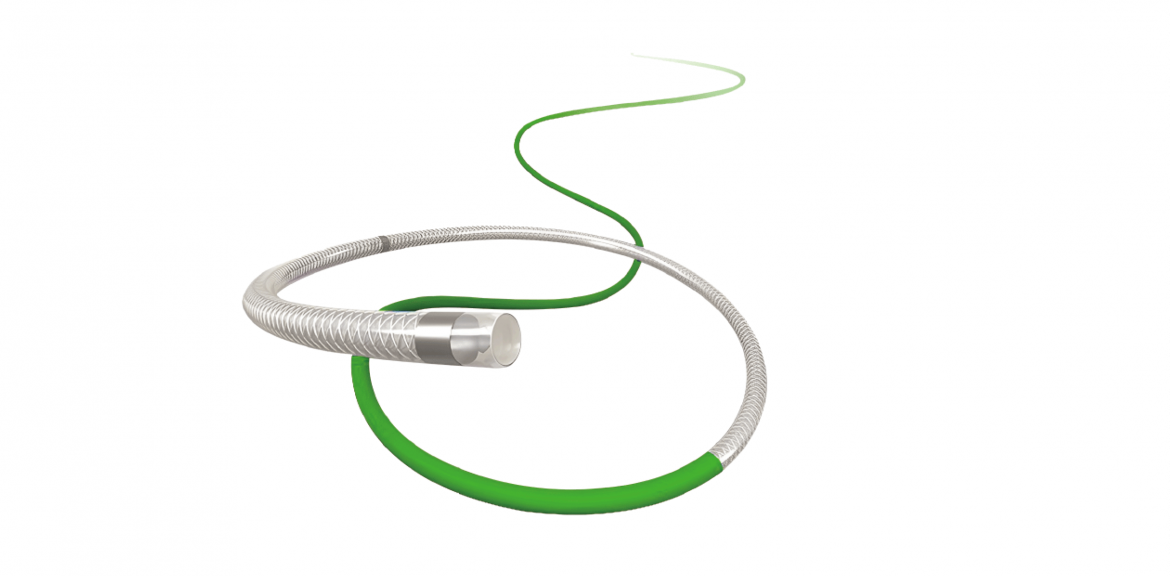Neurovascular treatment focuses on managing conditions affecting the blood vessels in the brain and spinal cord, such as aneurysms, strokes, and arteriovenous malformations. These conditions can be life-threatening, and neurovascular devices are essential in providing effective treatment. By using minimally invasive techniques, Shunmei devices help to improve patient outcomes and reduce recovery time.
Understanding Neurovascular Medical Devices
Neurovascular devices play a critical role in the management of various neurological conditions. These medical devices, such as catheters, coils, and stents, assist in diagnosing and treating vascular disorders in the brain. By enabling minimally invasive procedures, they enhance the precision and safety of treatments, leading to better recovery rates and fewer complications. Devices like the neurovascular medical device have revolutionized the treatment of stroke and brain aneurysms by providing an efficient way to repair blood vessels without the need for major surgery.
Shunmei’s Pocath: Advanced Intermediate Catheters
One of the most notable neurovascular devices in the market today is Shunmei’s Pocath. These advanced intermediate catheters are designed with a soft distal end to minimize vascular damage during procedures. The hydrophilic coating enhances the catheter’s smooth navigation through the bloodstream, while the fish mouth design improves safety and overall device efficacy. With these features, Pocath catheters provide optimal performance in delicate neurovascular treatments.
Enhanced Aspiration and Delivery Capabilities
Shunmei’s Pocath catheters feature a large inner diameter (8F specification), which significantly boosts their aspiration capabilities. This design enables strong suction power, making it easier to remove clot material and deliver interventional or diagnostic devices effectively. Whether in stroke treatment or aneurysm repair, these advanced neurovascular devices enhance the overall success of procedures.
